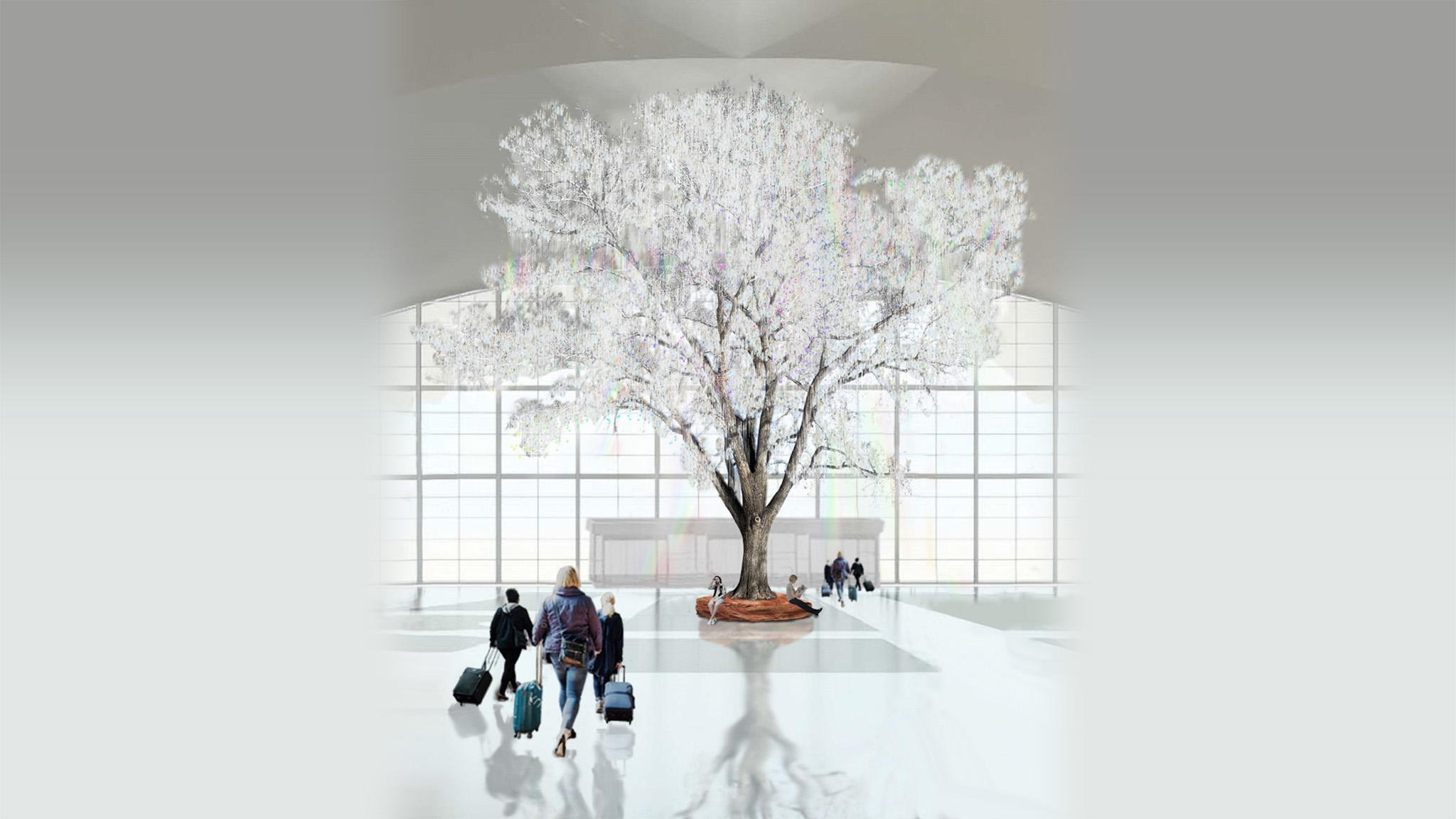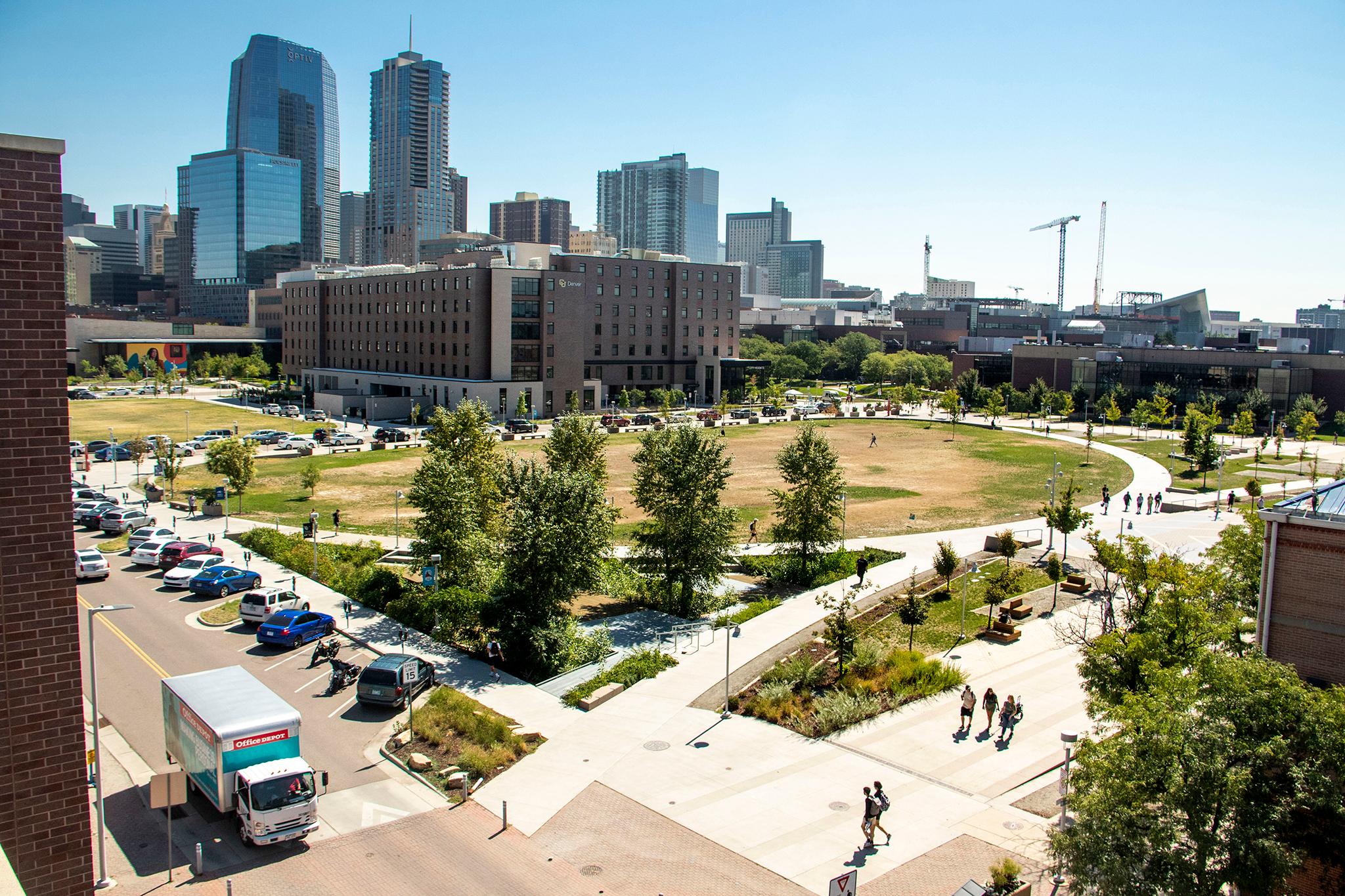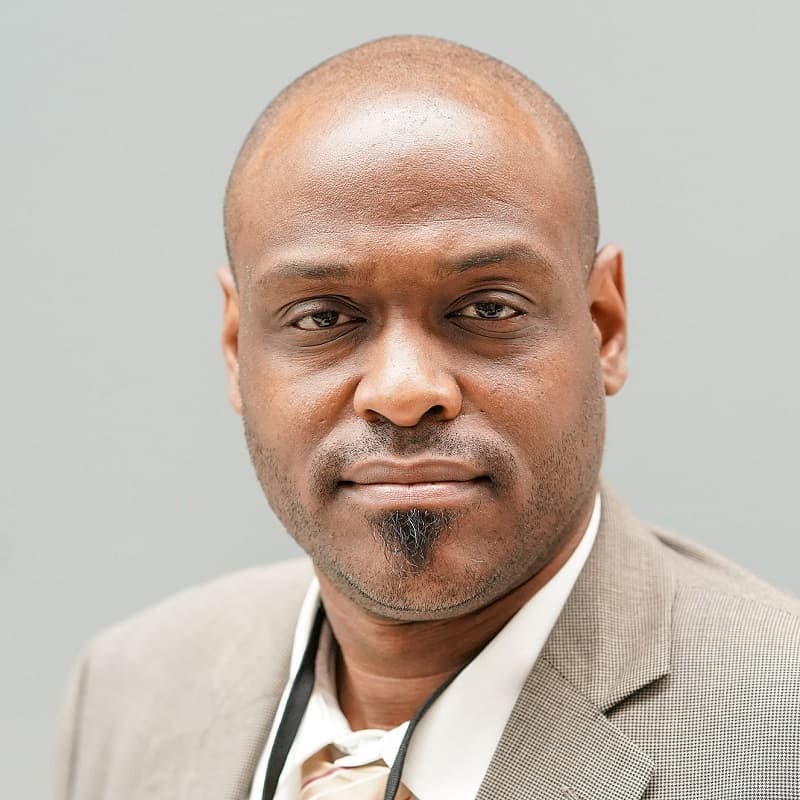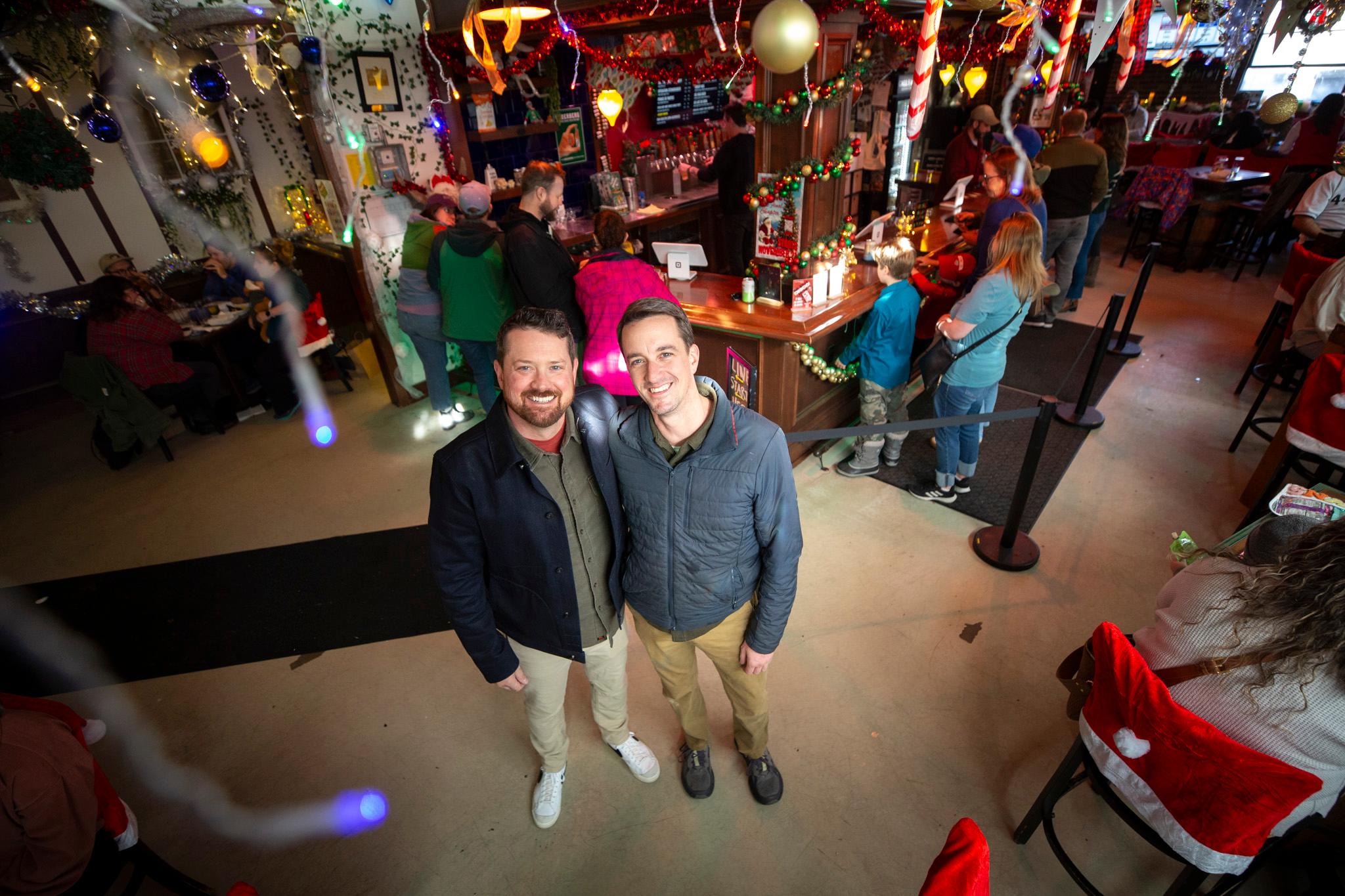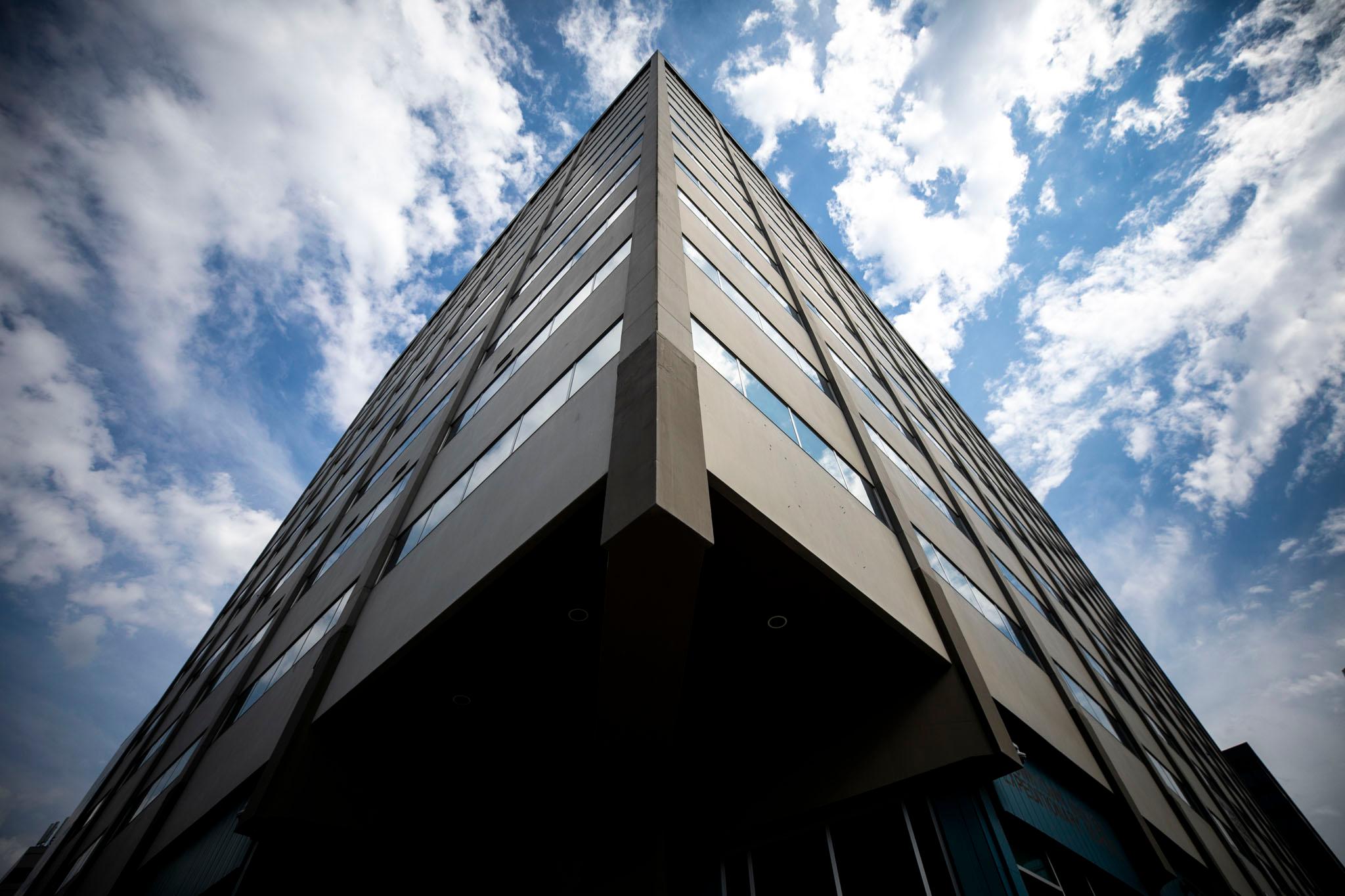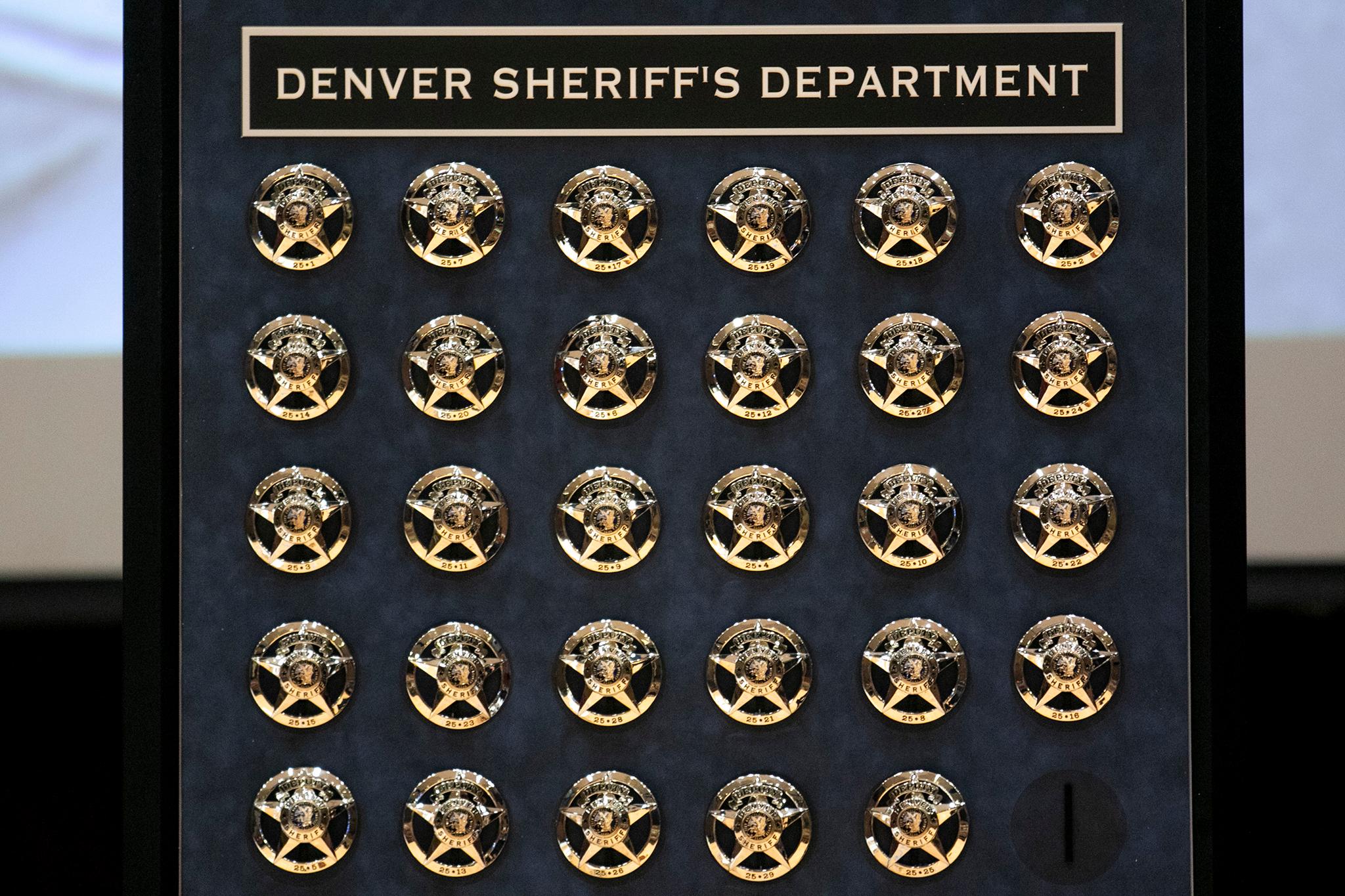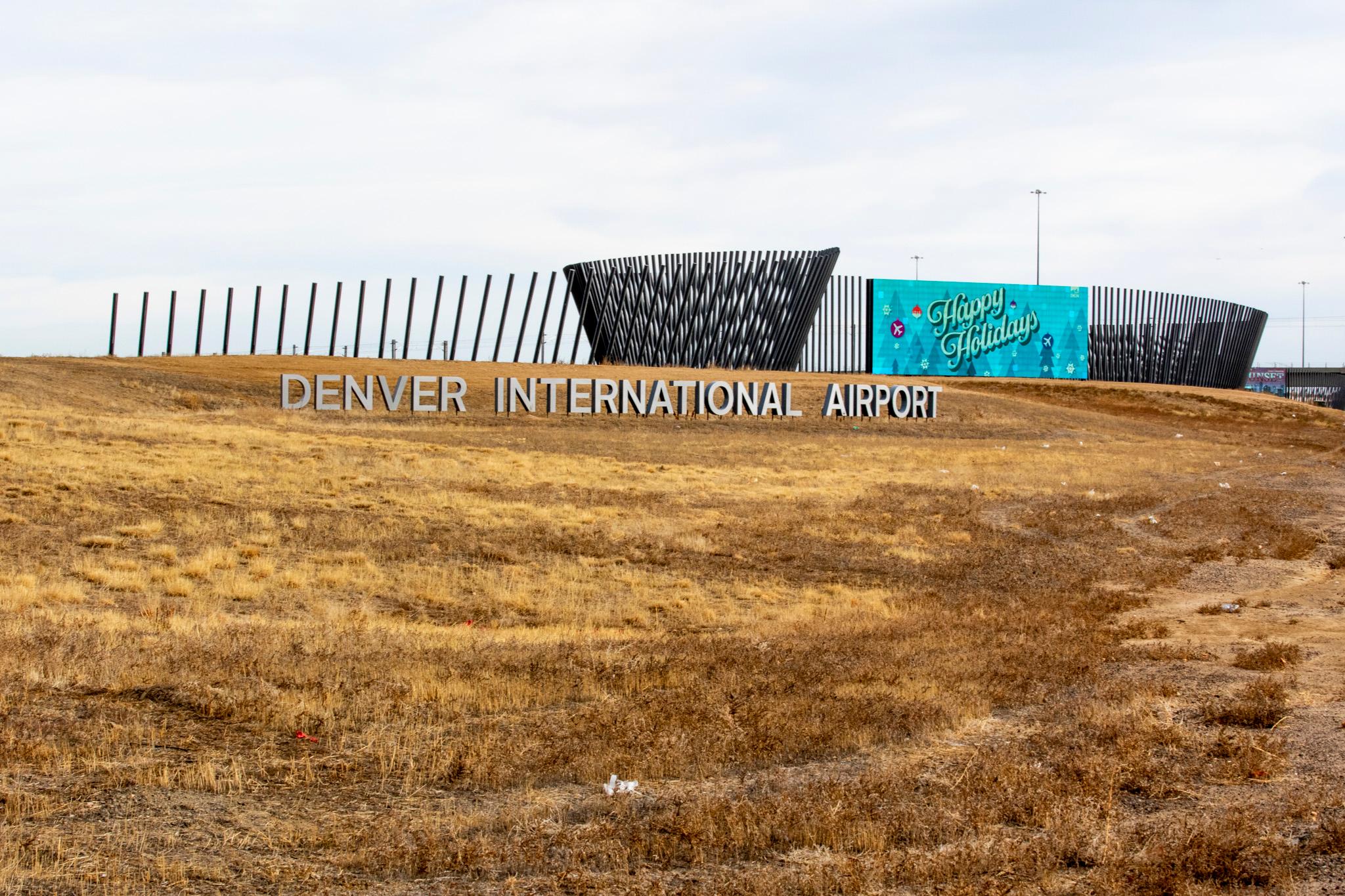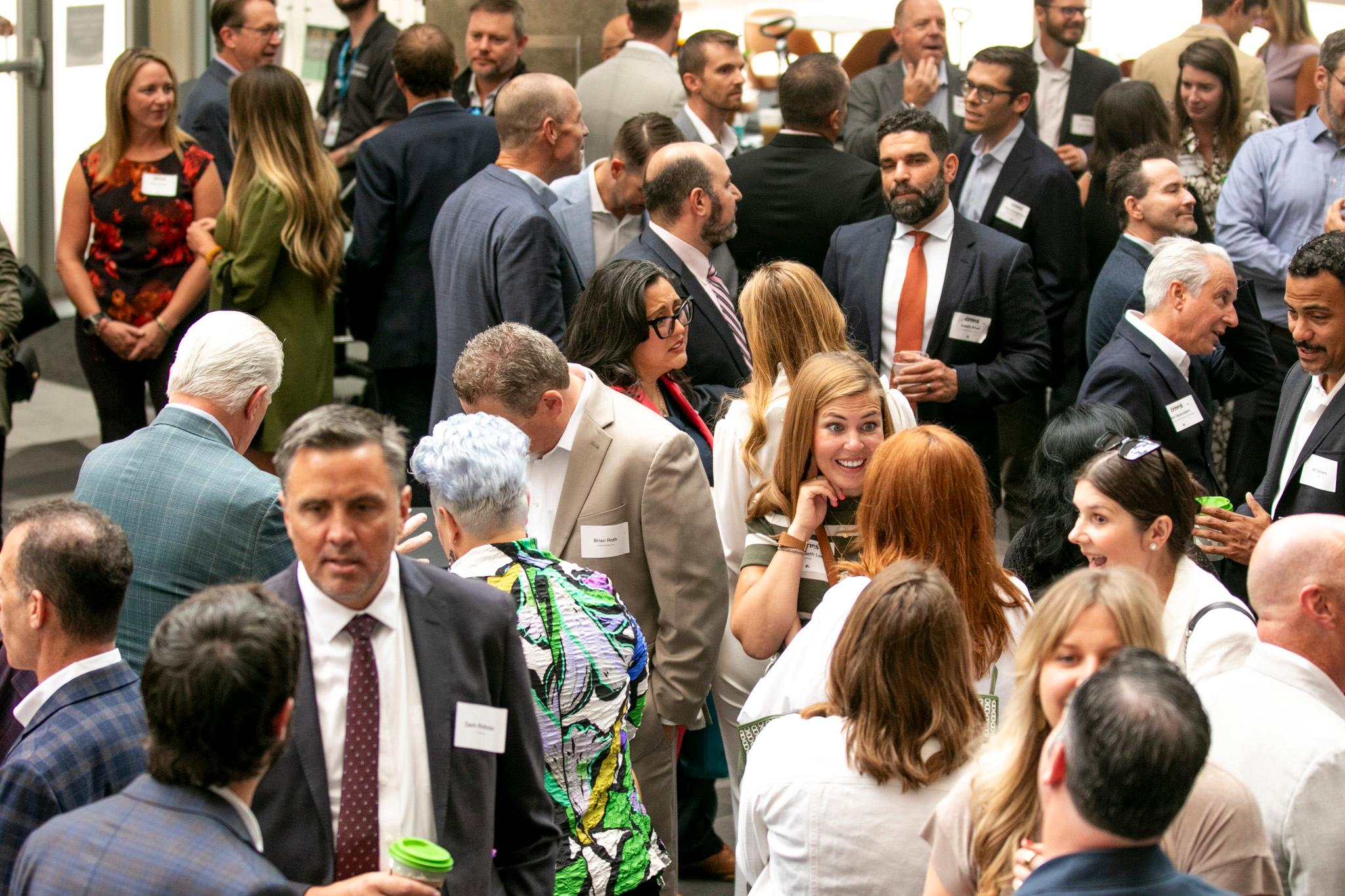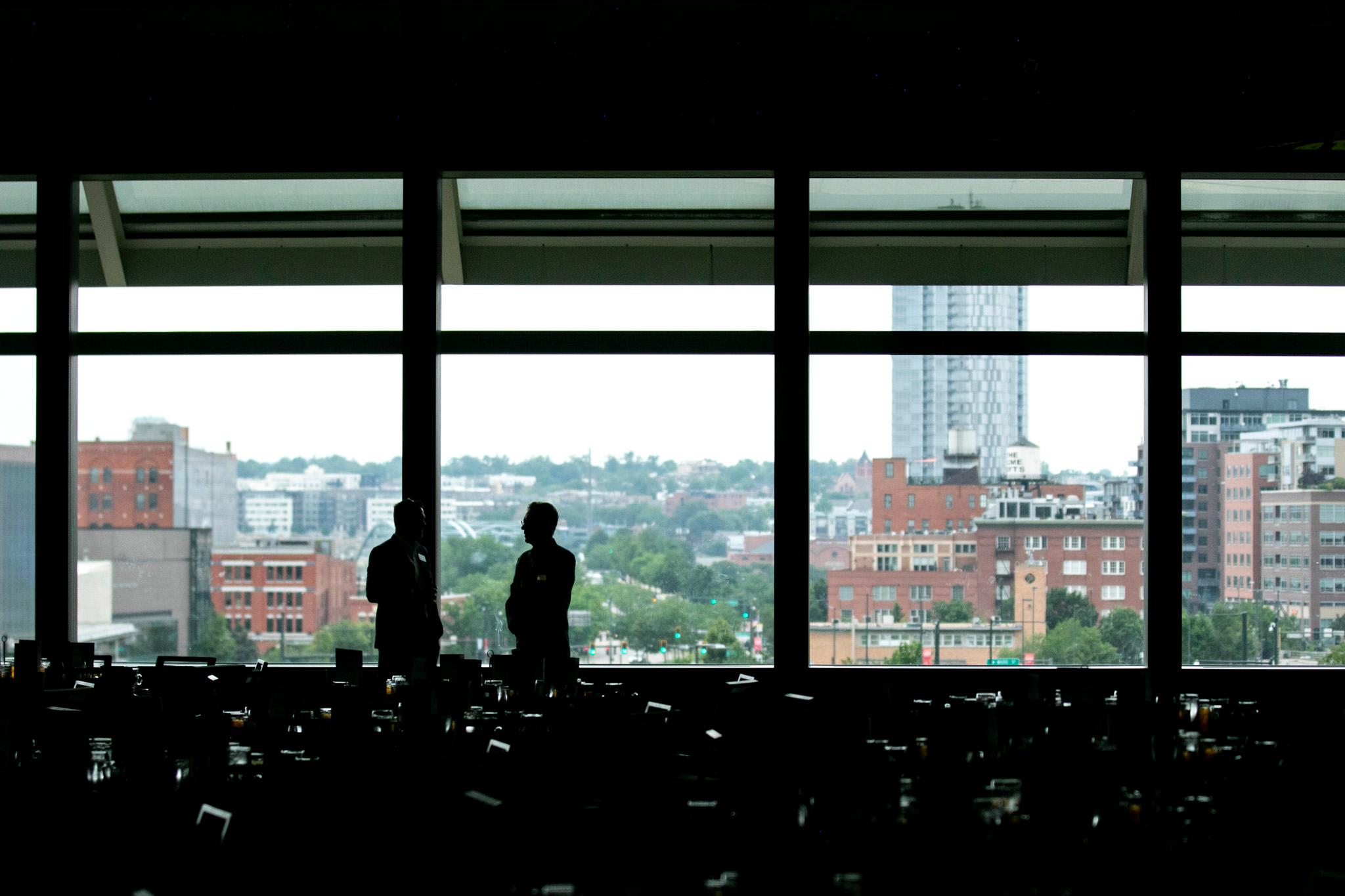Famed New York City sculptor Donald Lipski will build a 60-foot-tall, 70-foot-wide tree made of more than 30,000 crystals that will cast rainbow refractions throughout the Great Hall at the Denver International Airport.
Costing nearly $3.6 million, “The Stars and the Cottonwood” will be one of the most expensive pieces of public art in Denver’s collection.
“It's just going to be magnificent,” Lipski said in an interview. “It's just going to sing.”
Lipski’s proposal was selected by a community panel, and the Denver City Council approved the installation earlier this week. It was the end of a selection process that included applications from more than 500 artists and began back in 2018.
So what is this $3.6 million sculpture all about?
The showy new piece, called “The Stars and the Cottonwood,” was inspired by the humble cottonwood tree, a key part of Colorado’s prairie ecosystem (and the source of those little fuzz balls that float through the city in the spring).
The base of the tree will be a seating area made of similar red rock to Red Rocks Park and Ampitheater, and there will likely be a stage nearby too, Lipski told Denverite.
“‘The Stars and the Cottonwood’ will become a beacon of wayfinding where we will soon hear, ‘meet me by the tree!’”, according to Denver Arts and Venues.
The city hasn’t announced an installation date, but the contract is for three years of work.
The sculpture won’t require much maintenance and will only need to be dusted every two to three years, city officials said. (Still, pity the workers tasked with dusting 30,000 pieces of crystal.)
“Preventative maintenance and cleaning will utilize a solution created for crystal chandeliers that sprays onto the sculpture and drips off with any grime or debris,” a city report states.
The Denver Post first reported on the new sculpture earlier this week.
But how does Denver — a city in a budget crisis — have almost $4 million for public art?
Back in the 1980s, Mayor Federico Peña signed an executive order to establish Denver´s Public Art Program.
In 1991, Denver City Council followed up with the 1%-For-Art-Ordinance. That dedicated 1 percent of any capital improvement project costing $1 million or more to the creation of new public art.
The idea: Ensure new city development always includes public art. And the airport, which opened in 1995, was one of the first major sites for all that art. Its initial opening came with millions of dollars of art, and its ongoing expansion has led to another aesthetic boom.
The citywide art program has delivered more than 400 pieces around the city, with more than $40 million dollars in funding, by local and global artists alike. More than a quarter of that funding has been spent on DIA projects.
Decisions about new city-funded pieces are made by a panel with community members and artists.
The $3.6 million artwork is one of the city’s priciest ever.
Compare it to Thomas “Detour” Evans’ recent $450,000 work ‘‘It’s Not What You Take, It’s What You Bring Back’ installation, a rainbow-colored Mobius strip of luggage.
Near DIA, Blucifer, actually called “Mustang,” cost $300,000, though the actual price was much higher. Artist Luis Jiménez was fatally crushed by the piece during construction.
Lawrence Argent’s “I See What You Mean,” the big blue bear menacing the Colorado Convention Center, cost nearly $400,000.
Laura Haddad and Tom Drugan created “Sun Spot,” the giant, shiny dog that sits outside the Denver Animal Shelter, for $310,000.
Lipski, at 77, has public art displayed worldwide — including in Denver.
His most famous Denver work is “The Yearling,” a horse standing on top of a chair in front of the children’s wing of the Denver Public Library. He also has pieces installed at the Wellington Webb Building and another in the science building on the Auraria Campus. The Denver Art Museum also owns several of his pieces.
While he enjoyed showing his work in galleries and museums, pivoting to public art has transformed his relationship with everyday people, he said.Some have tattoos of his work or throw weddings underneath his installations.
“It comes into their life and has the possibility of becoming landmarks, touchstones for a community,” he said.

